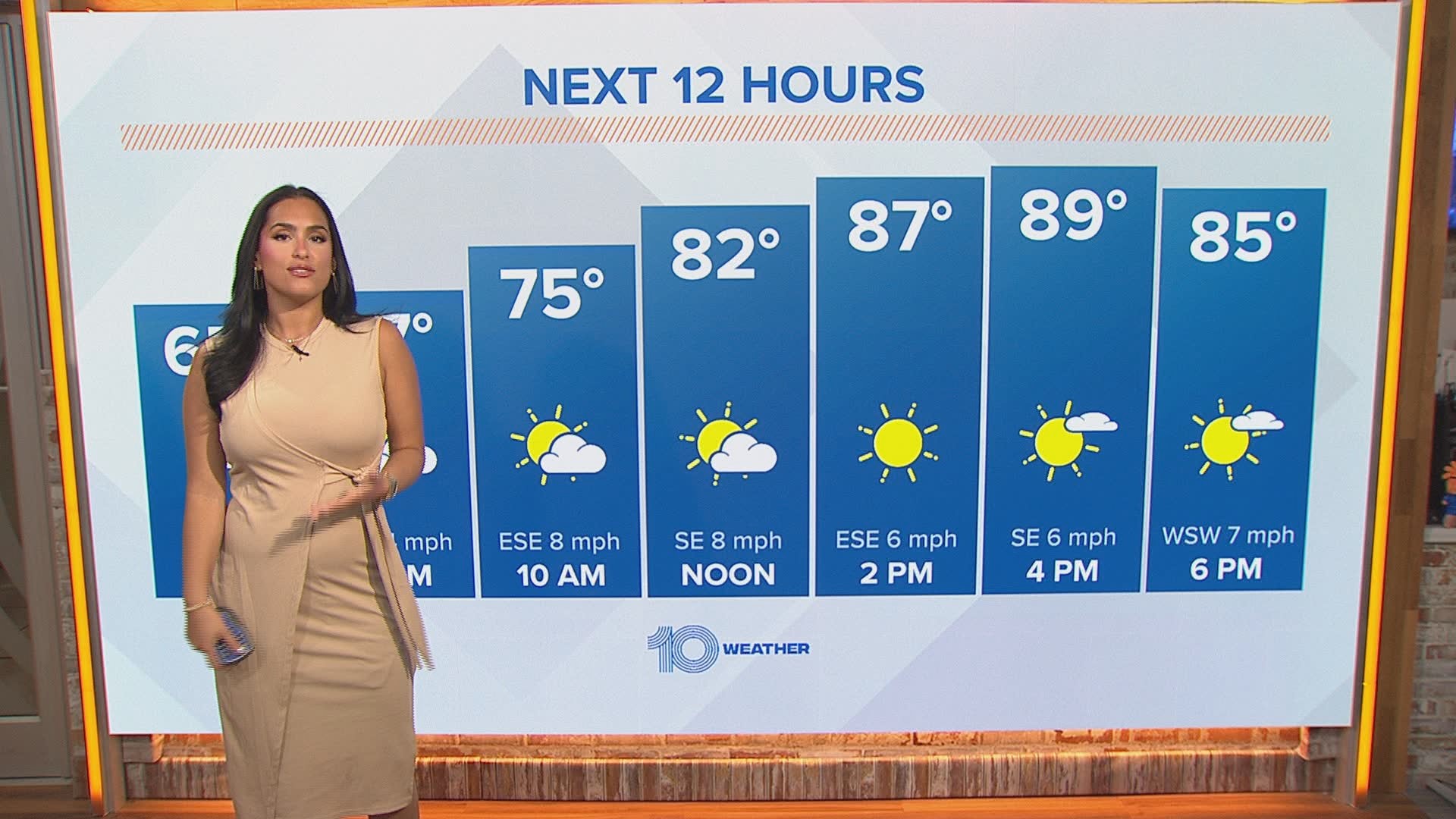You’re probably hearing a lot Monday that spring began today. You may also hear from others who say spring doesn’t start until March 20. Both answers are actually correct.
Here’s why. When it comes to seasons, there are two ways to follow them. Meteorologically and astronomically.
The Astronomical Seasons
The astronomical seasons are the seasons most people learned about as kids and have observed throughout their lives. People have used this method to mark time for thousands of years.
The rotation of the Earth around the sun forms the basis for the astronomical calendar, in which we define seasons with two solstices and two equinoxes.
Earth’s tilt and the sun’s alignment over the equator determine both the solstices and equinoxes. The equinoxes mark the times when the sun passes directly above the equator.
In the Northern Hemisphere, the summer solstice falls on or around June 21, the winter solstice on or around Dec. 22, the vernal or spring equinox on or around March 21, and the autumnal equinox on or around Sept. 22.
These seasons are reversed but begin on the same dates in the Southern Hemisphere.
The Meteorological Seasons
The meteorological seasons are probably more useful to the average person because they’re based on the actual temperature people experience each month.
Meteorologists break the seasons down into groupings of three months based on the annual temperature cycle.
We generally think of winter as the coldest time of the year and summer as the warmest time of the year, with spring and fall being the transition seasons; and that is what the meteorological seasons are based on.
Meteorological spring includes March, April, and May; meteorological summer includes June, July, and August; meteorological fall includes September, October, and November; and meteorological winter includes December, January, and February.
Meteorological seasons are more closely tied to our monthly calendar than the astronomical seasons are. The length of the meteorological seasons is also more consistent, ranging from 90 days for winter of a non-leap year to 92 days for spring and summer.
By following the calendar and having less variation in season length and season start, it becomes much easier to calculate seasonal statistics from the monthly statistics, both of which are very useful for agriculture, commerce, and a variety of other purposes.
- Coronavirus in Florida: 1 year after the first cases
- Tampa Bay couple remembers journey home 1 year after being trapped on a cruise ship due to COVID-19
- Expert addresses 3 of the most frequently asked questions about J&J's COVID vaccine
- Third stimulus check: Potential timeline for $1,400 payments
- Trump teases White House bid, all but explicitly announcing 2024 run
- World War II veteran in Sarasota honored with birthday parade
►Breaking news and weather alerts: Get the free 10 Tampa Bay app
►Stay In the Know! Sign up now for the Brightside Blend Newsletter



